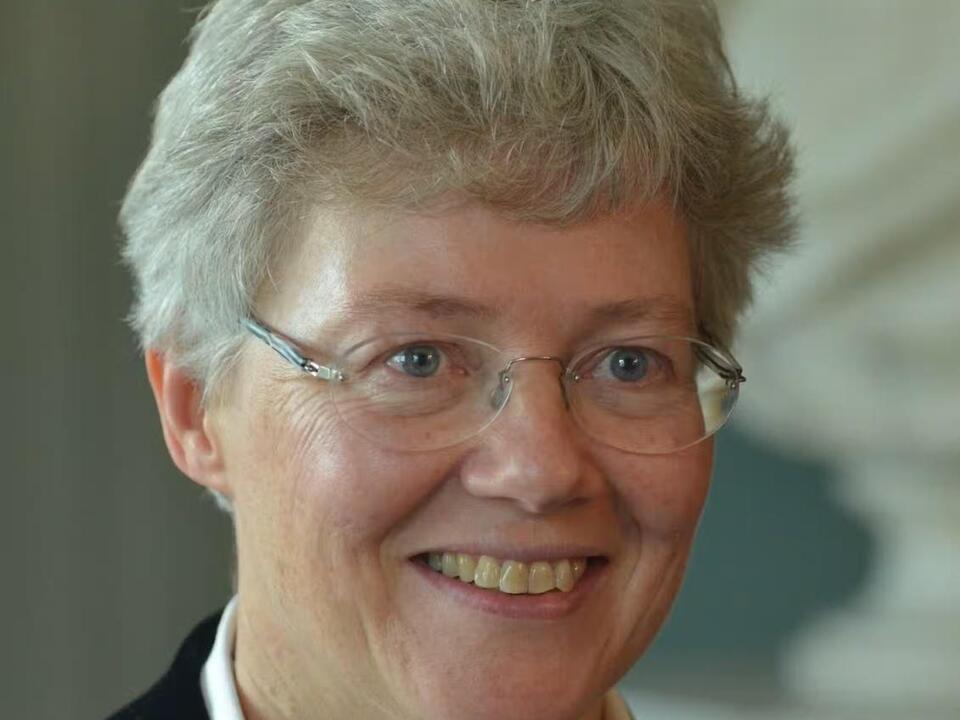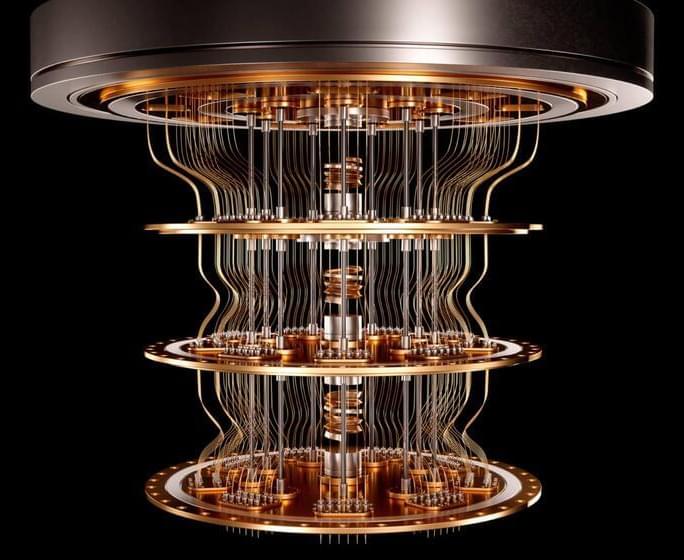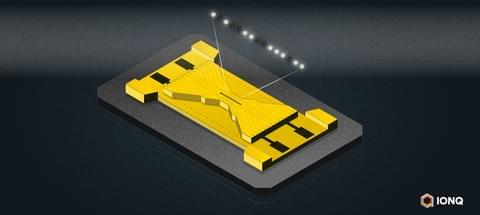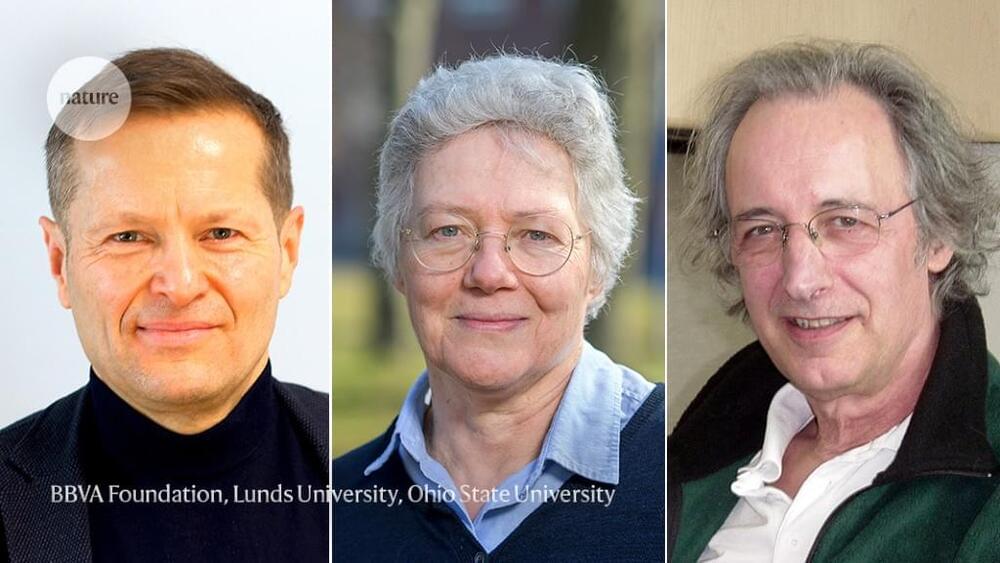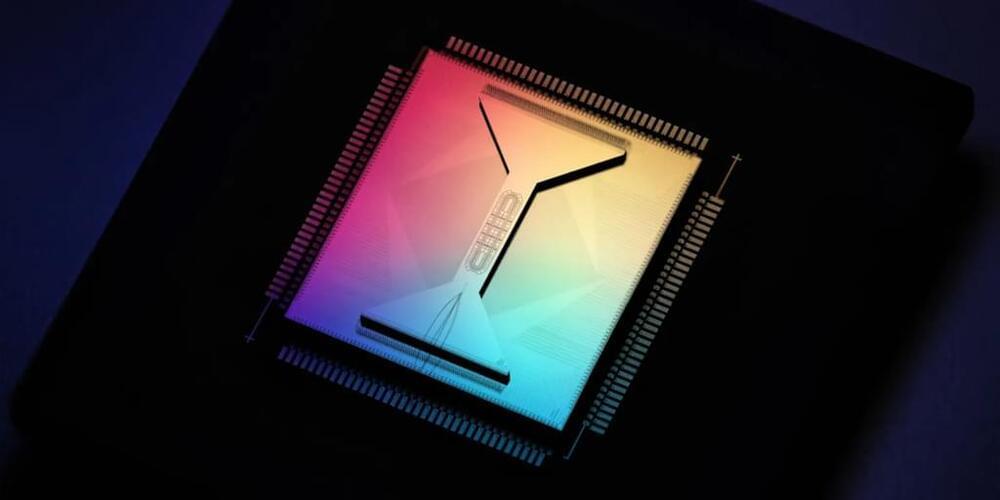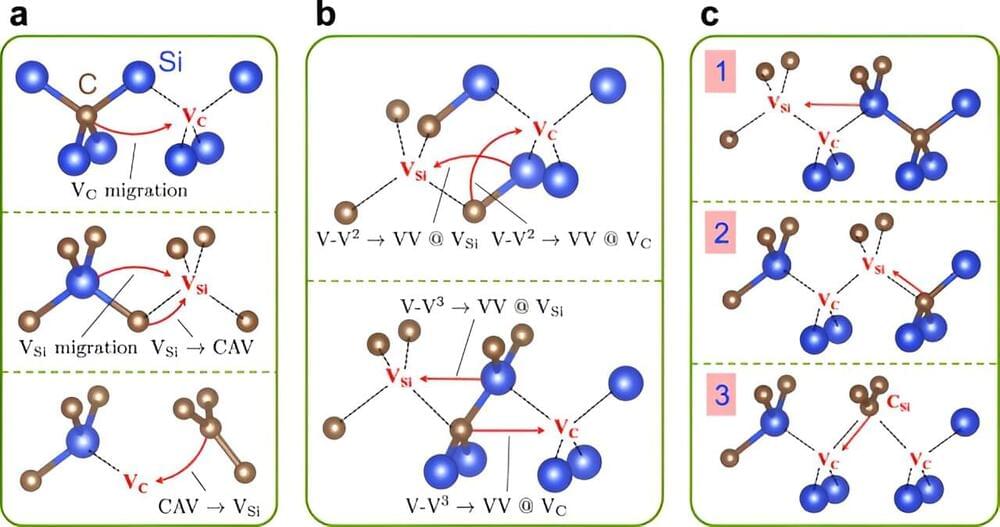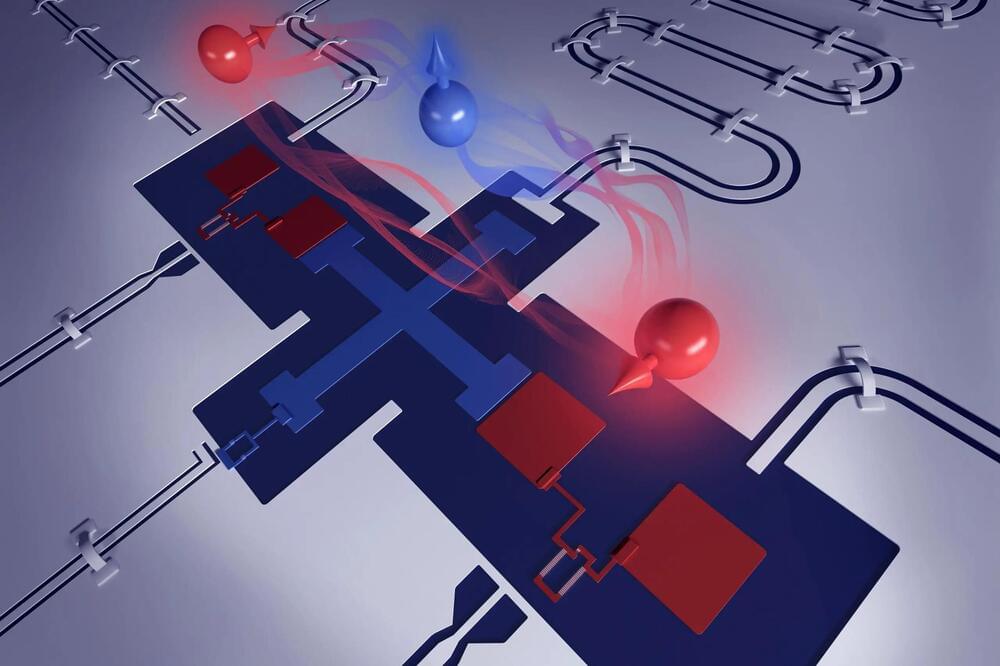Oct 4, 2023
Nobel prize in physics awarded for work unveiling the secrets of electrons
Posted by Dan Breeden in categories: particle physics, quantum physics
The 2023 Nobel prize in physics has been awarded to a trio of scientists for pioneering tools used to study the world of electrons.
Electrons are sub-atomic particles that play a role in many phenomena we see every day, from electricity to magnetism. This year’s three Nobel physics laureates demonstrated a way to create extremely short pulses of light in order to investigate processes that involve electrons.
Pierre Agostini from The Ohio State University in the US, Ferenc Krausz from the Max Planck Institute of Quantum Optics in Germany and Anne L’Huillier from Lund University in Sweden will share the prize sum of 11 million Swedish kronor (£822,910).
